How long does it take for dizziness to go away. Labyrinthitis: Causes, Symptoms, and Treatment Options for Dizziness Relief
How long does labyrinthitis dizziness last. What are the main symptoms of labyrinthitis. How is labyrinthitis diagnosed and treated. Can labyrinthitis become chronic. What lifestyle changes help manage labyrinthitis symptoms.
Understanding Labyrinthitis: A Common Cause of Dizziness
Labyrinthitis is an inner ear disorder that can cause severe dizziness, vertigo, and balance problems. It occurs when the labyrinth, a delicate structure in the inner ear responsible for balance and hearing, becomes inflamed or infected. This condition can significantly impact a person’s daily life and activities, making simple tasks challenging and potentially dangerous.
The duration of labyrinthitis symptoms can vary widely among individuals. In most cases, the acute phase of labyrinthitis lasts for several days to a few weeks. During this time, patients may experience intense dizziness and vertigo, making it difficult to perform regular activities. However, some people may continue to experience milder symptoms for months or even years, a condition known as chronic labyrinthitis.

Recognizing the Symptoms of Labyrinthitis
Identifying the symptoms of labyrinthitis is crucial for prompt diagnosis and treatment. The most common signs include:
- Severe dizziness and vertigo
- Loss of balance
- Nausea and vomiting
- Hearing loss or tinnitus (ringing in the ears)
- Difficulty focusing or concentrating
- Fatigue
- Headaches
These symptoms can onset suddenly and may be accompanied by a feeling of the room spinning or tilting. The intensity of symptoms often peaks within the first few days and gradually subsides over time.
When to Seek Medical Attention
While many cases of labyrinthitis improve on their own, certain symptoms warrant immediate medical attention. These include:
- Mental confusion
- Slurred speech
- Double vision
- Weakness or numbness in one part of the body
- Changes in gait or walking pattern
If you experience any of these symptoms or if your dizziness persists for more than three weeks without improvement, consult your healthcare provider. They may refer you to an ear, nose, and throat (ENT) specialist for further evaluation and treatment.

Diagnostic Approaches for Labyrinthitis
Diagnosing labyrinthitis typically involves a combination of medical history review, physical examination, and specialized tests. Healthcare providers may perform the following:
- Detailed patient history to understand the onset and nature of symptoms
- Physical examination, including balance and coordination tests
- Hearing tests to assess any auditory impact
- Vestibular function tests to evaluate inner ear function
- Imaging studies such as MRI or CT scans to rule out other conditions
These diagnostic procedures help healthcare providers differentiate labyrinthitis from other conditions that may cause similar symptoms, such as benign paroxysmal positional vertigo (BPPV) or Meniere’s disease.
Treatment Options for Labyrinthitis
The treatment of labyrinthitis aims to alleviate symptoms, prevent complications, and support the body’s natural healing process. Treatment approaches may include:
Self-Help Techniques
Several self-help strategies can help manage labyrinthitis symptoms:
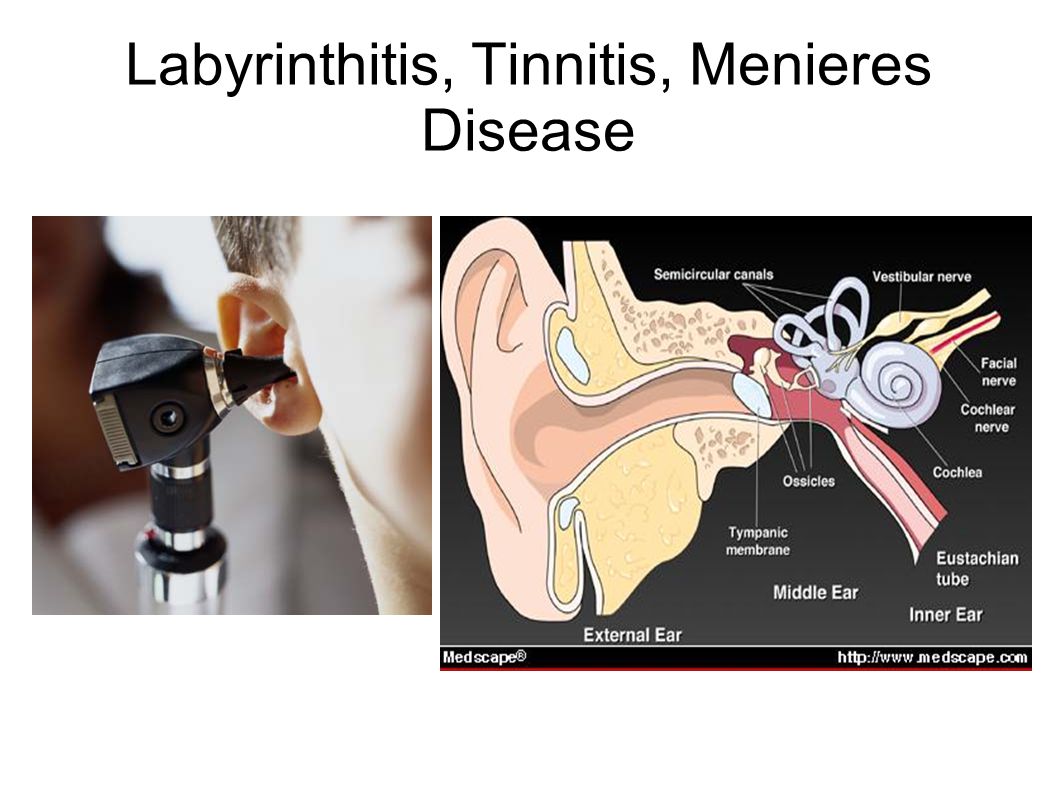
- Resting in bed during severe episodes to prevent falls and injuries
- Staying hydrated by drinking plenty of water
- Avoiding alcohol and bright lights
- Minimizing stress and noise in your environment
- Gradual return to normal activities as symptoms improve
Medications for Symptom Relief
Healthcare providers may prescribe various medications to manage labyrinthitis symptoms:
- Benzodiazepines: These medications reduce activity in the central nervous system, helping to alleviate dizziness and vertigo. However, long-term use is not recommended due to the risk of addiction.
- Antiemetics: Medications like prochlorperazine can help control nausea and vomiting associated with labyrinthitis.
- Corticosteroids: In severe cases, corticosteroids like prednisolone may be prescribed to reduce inflammation.
- Antibiotics: If a bacterial infection is suspected, antibiotics may be necessary.
It’s important to follow your healthcare provider’s instructions carefully when taking any medication and to be aware of potential side effects.

Managing Chronic Labyrinthitis
For some individuals, labyrinthitis symptoms may persist for months or even years, leading to chronic labyrinthitis. While the symptoms are typically less severe than in the acute phase, they can still significantly impact quality of life. Managing chronic labyrinthitis often involves a multifaceted approach:
Vestibular Rehabilitation Therapy (VRT)
Vestibular rehabilitation therapy is an effective treatment for chronic labyrinthitis. This specialized form of physical therapy aims to retrain the brain to compensate for the abnormal signals from the vestibular system. VRT typically includes exercises designed to:
- Improve coordination of hand and eye movements
- Habituate the brain to dizziness-inducing stimuli
- Enhance balance and walking abilities
- Increase overall strength and fitness
VRT is usually conducted under the supervision of a trained physiotherapist. When seeking VRT, ensure that the therapist has specific training in vestibular rehabilitation techniques.
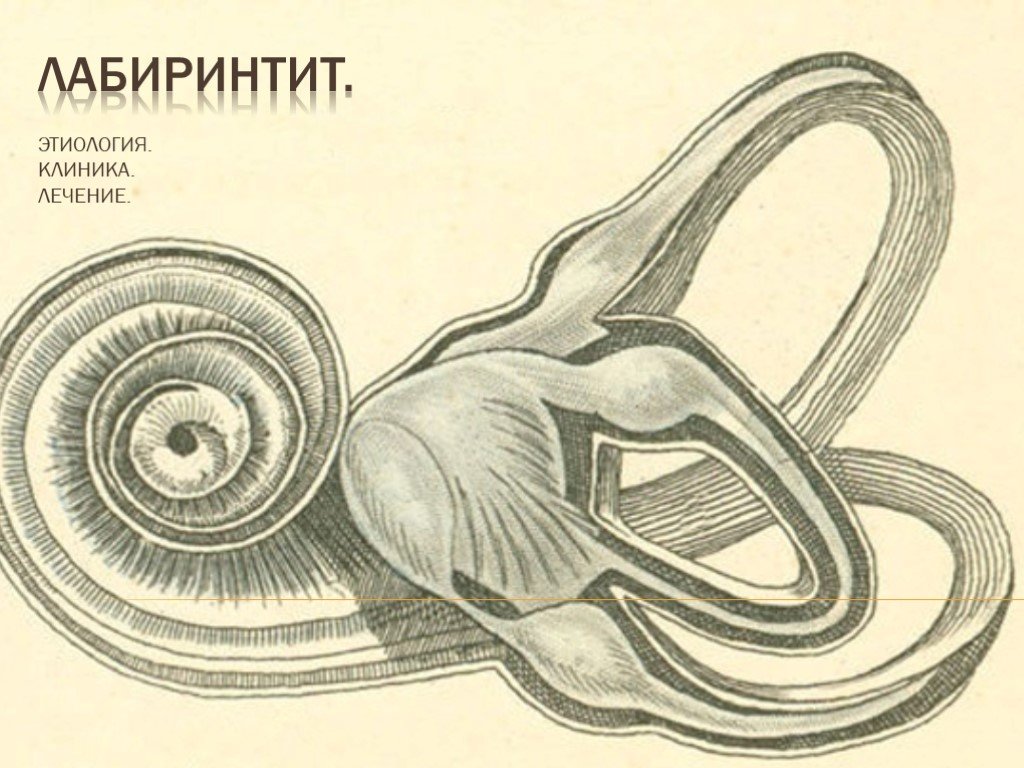
Lifestyle Modifications for Living with Labyrinthitis
Adapting your lifestyle can significantly improve your ability to manage labyrinthitis symptoms and prevent exacerbations. Consider the following strategies:
- Maintain a regular sleep schedule to support overall health and recovery
- Practice stress-reduction techniques such as meditation or deep breathing exercises
- Engage in low-impact exercises like walking or swimming to improve balance and overall fitness
- Avoid triggers that worsen symptoms, such as certain head movements or visual stimuli
- Use assistive devices like a cane or walker if needed to prevent falls
- Create a safe home environment by removing tripping hazards and ensuring good lighting
These lifestyle modifications can help you maintain independence and improve your quality of life while living with labyrinthitis.
Preventing Labyrinthitis and Future Episodes
While not all cases of labyrinthitis can be prevented, certain measures may reduce your risk of developing the condition or experiencing recurrent episodes:
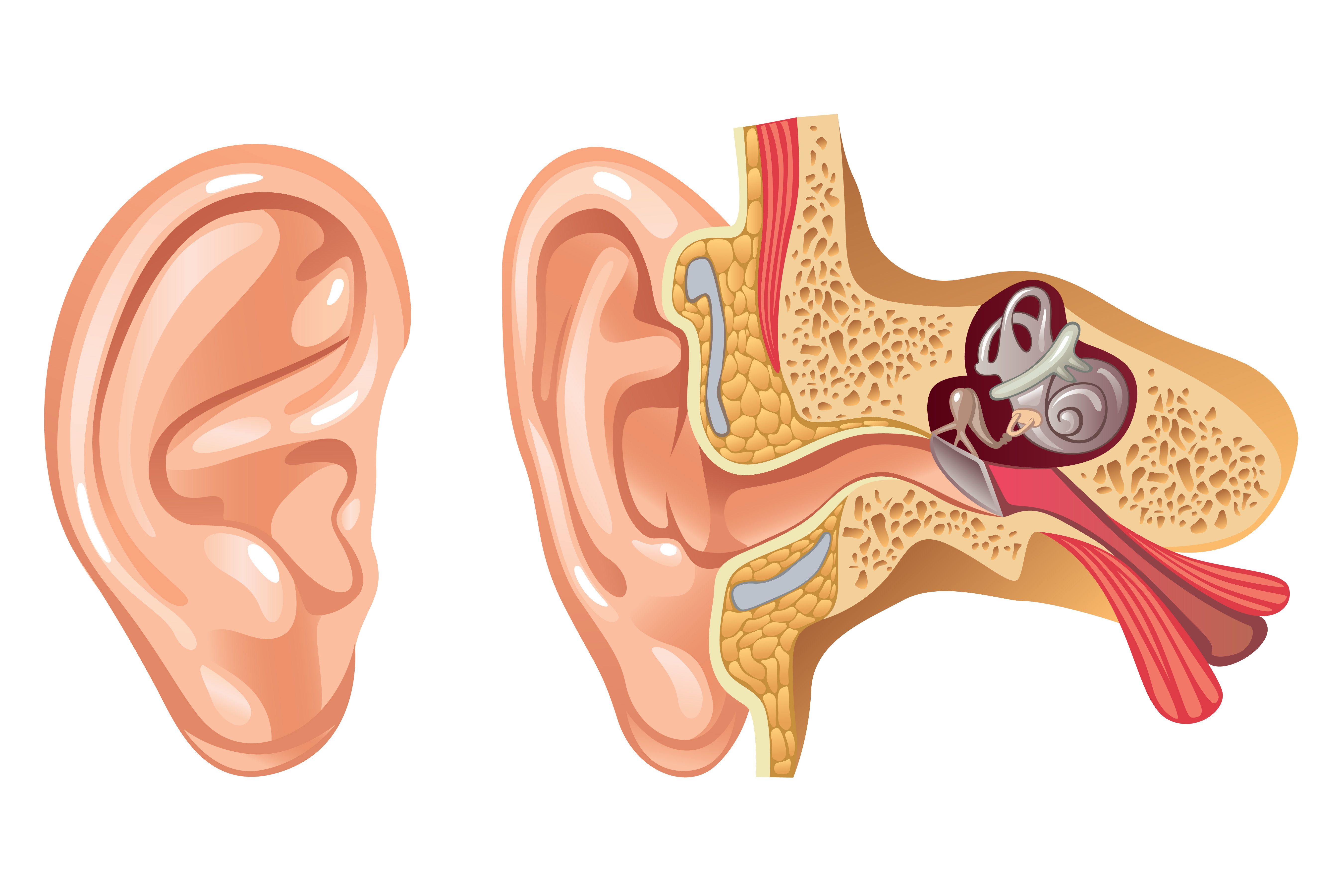
- Maintain good ear hygiene to prevent infections
- Manage stress levels through relaxation techniques and regular exercise
- Stay up-to-date with vaccinations, particularly for viral illnesses that can lead to labyrinthitis
- Avoid smoking and limit alcohol consumption
- Treat upper respiratory infections promptly to prevent spread to the inner ear
- Maintain a healthy diet rich in vitamins and minerals to support immune function
By incorporating these preventive measures into your daily routine, you may reduce your risk of developing labyrinthitis or experiencing recurrent episodes.
The Role of Support and Mental Health in Labyrinthitis Recovery
Living with labyrinthitis can be challenging, both physically and emotionally. The constant dizziness and balance issues can lead to feelings of frustration, anxiety, and even depression. It’s crucial to address the mental health aspects of labyrinthitis recovery:
Seeking Emotional Support
Don’t hesitate to reach out for support from family, friends, or support groups. Sharing your experiences with others who understand can provide comfort and practical advice. Consider the following options:

- Join online forums or support groups for individuals with vestibular disorders
- Attend local support group meetings if available in your area
- Communicate openly with family and friends about your challenges and needs
- Consider professional counseling or therapy to develop coping strategies
Managing Stress and Anxiety
Stress and anxiety can exacerbate labyrinthitis symptoms, creating a vicious cycle. Implementing stress-management techniques can be beneficial:
- Practice mindfulness meditation or deep breathing exercises
- Engage in gentle yoga or tai chi to improve balance and reduce stress
- Maintain a journal to track symptoms and identify stress triggers
- Consider cognitive-behavioral therapy (CBT) to address anxiety related to dizziness
By addressing both the physical and emotional aspects of labyrinthitis, you can improve your overall well-being and quality of life during recovery.
Educating Others About Labyrinthitis
Many people are unfamiliar with labyrinthitis and its impact on daily life. Educating friends, family, and colleagues about your condition can foster understanding and support. Consider sharing information about:
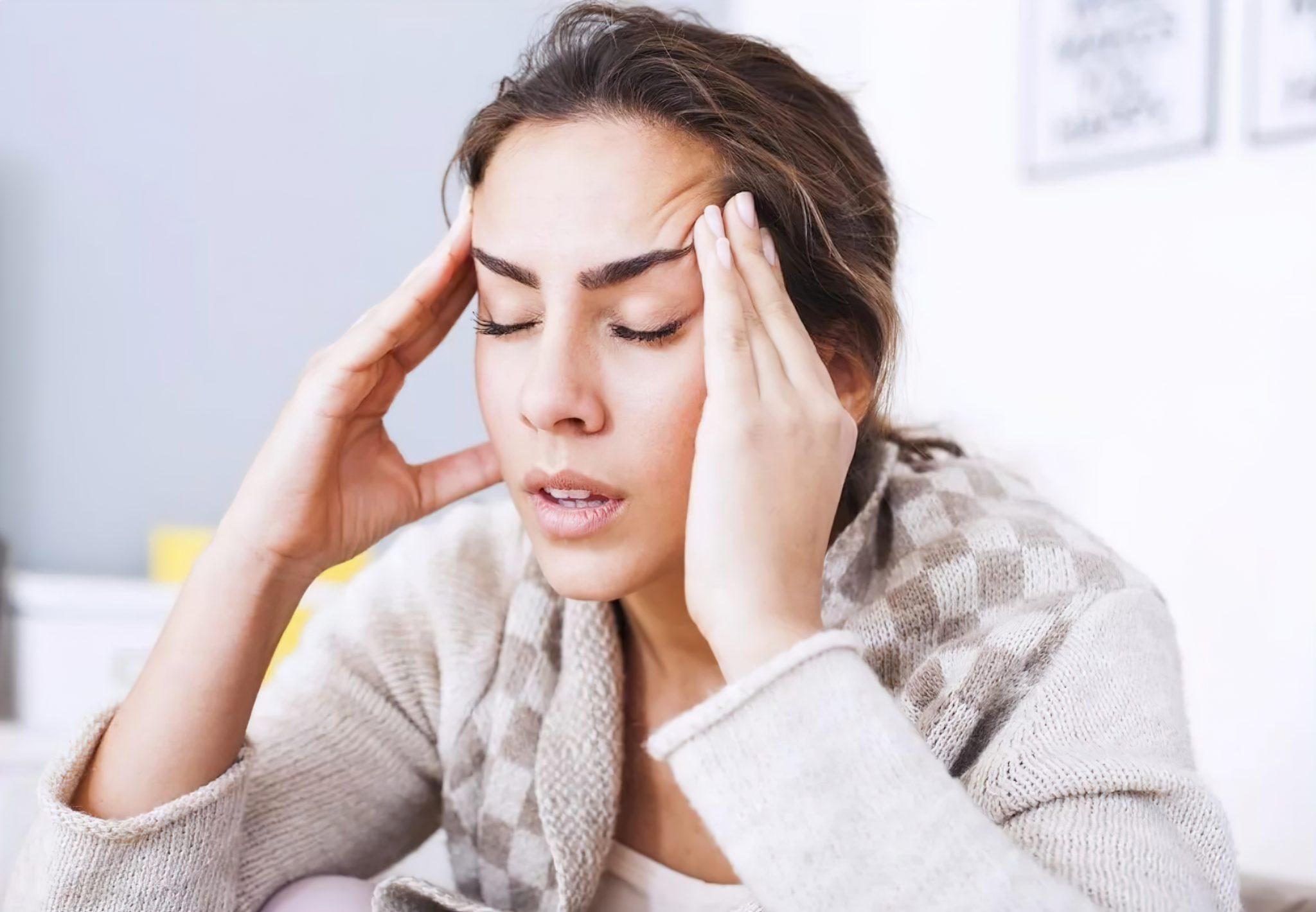
- The nature of labyrinthitis and its symptoms
- How symptoms can vary from day to day
- Specific challenges you face in work or social situations
- Ways they can help or accommodate your needs
By raising awareness, you can create a more supportive environment and reduce the stress of managing your condition in social and professional settings.
Emerging Research and Future Treatments for Labyrinthitis
The field of vestibular research is continually evolving, with new insights and potential treatments on the horizon. Some areas of ongoing research include:
Gene Therapy
Scientists are exploring the potential of gene therapy to restore balance function in individuals with severe vestibular disorders. This approach aims to introduce healthy genes into the inner ear to replace or supplement defective ones.
Stem Cell Therapy
Researchers are investigating the use of stem cells to regenerate damaged inner ear tissues. While still in early stages, this approach shows promise for treating various vestibular disorders, including labyrinthitis.
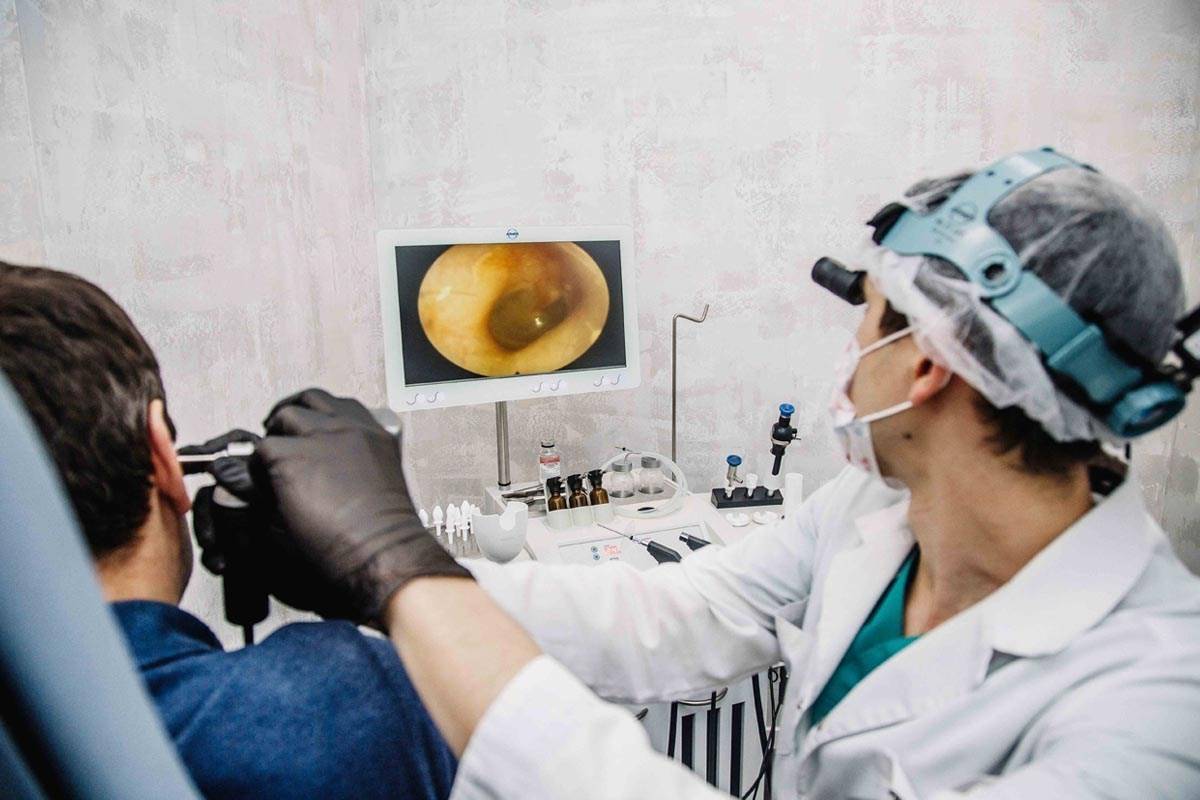
Advanced Vestibular Implants
Similar to cochlear implants for hearing loss, vestibular implants are being developed to bypass damaged vestibular organs and directly stimulate the vestibular nerve. These devices could potentially restore balance function in individuals with severe vestibular damage.
Improved Diagnostic Tools
Advancements in imaging and vestibular function testing may lead to more accurate and earlier diagnosis of labyrinthitis and other vestibular disorders. This could result in more targeted and effective treatments.
While these research areas are exciting, it’s important to note that many are still in experimental stages. Patients should work closely with their healthcare providers to stay informed about current best practices and potential new treatments as they become available.
Navigating Daily Life with Labyrinthitis
Living with labyrinthitis requires adaptation and patience. Here are some practical tips for managing daily activities:
Work Accommodations
Discuss your condition with your employer and explore possible accommodations, such as:

- Flexible work hours to accommodate symptom fluctuations
- Adjustments to your workspace to reduce visual triggers
- Remote work options during severe episodes
- Regular break periods to rest and manage symptoms
Driving and Transportation
Driving can be challenging and potentially dangerous with labyrinthitis. Consider these alternatives:
- Use public transportation or ride-sharing services
- Ask friends or family for rides when necessary
- Explore local community transportation services for individuals with disabilities
Home Safety
Make your home environment safer to prevent falls and injuries:
- Install handrails in bathrooms and along staircases
- Use non-slip mats in showers and bathtubs
- Ensure good lighting throughout your home
- Remove clutter and tripping hazards from walkways
Social Activities
Maintaining social connections is important for mental health. Adapt your social life by:
- Choosing quieter, less crowded venues for meetups
- Informing friends about your condition and potential limitations
- Planning activities during times when your symptoms are typically milder
- Exploring virtual social options for days when leaving home is challenging
By implementing these strategies, you can maintain a fulfilling lifestyle while managing labyrinthitis symptoms effectively.
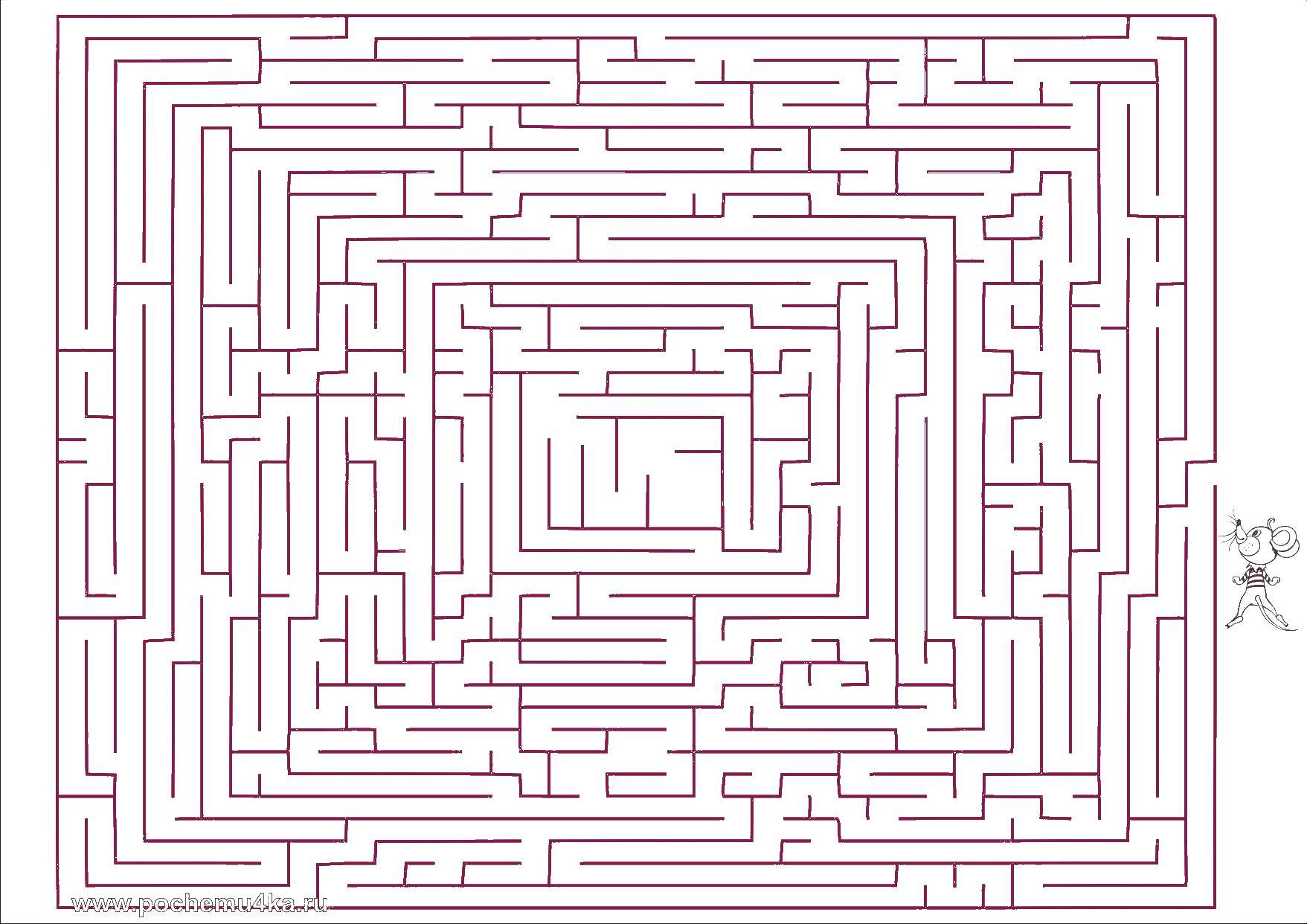
Labyrinthitis – Illnesses & conditions
Labyrinthitis is usually treated using a combination of self-help techniques and medication. Chronic labyrinthitis may be treated with vestibular rehabilitation therapy (VRT).
Self-help
Drink plenty of liquid, little and often, particularly water, to avoid becoming dehydrated.
In its early stages, you may feel constantly dizzy and it can give you severe vertigo. You should rest in bed to avoid falling and injuring yourself. After a few days, the worst of these symptoms should have passed and you should no longer feel dizzy all the time.
You can do several things to minimise any remaining feelings of dizziness and vertigo. For example:
- during an attack, lie still in a comfortable position (on your side is often best)
- avoid alcohol
- avoid bright lights
- try to cut out noise and anything that causes stress from your surroundings
You should also avoid driving, using tools and machinery or working at heights if you’re feeling dizzy and unbalanced.
Medication
If your dizziness, vertigo and loss of balance are particularly severe, your GP may prescribe a short course of medication such as benzodiazepine or antiemetics (vestibular sedatives).
Benzodiazepine
Benzodiazepines reduce activity inside your central nervous system. This means your brain is less likely to be affected by the abnormal signals coming from your vestibular system.
However, long-term use of benzodiazepines is not recommended because they can be highly addictive if used for long periods.
Antiemetics
A prescription medication known as an antiemetic may be prescribed if you’re experiencing nausea and vomiting.
Prochlorperazine 5mg tablets are an antiemetic used to treat the symptoms of vertigo and dizziness. It may be considered as an alternative treatment to benzodiazepines.
Most people are able to tolerate prochlorperazine and side effects are uncommon, but can include:
- tremors (shaking)
- abnormal or involuntary body and facial movements
- sleepiness
If you are vomiting, there is a prochlorperazine 3mg tablet available which you place inside your mouth between your gums and cheek.
Corticosteroids
Corticosteroids such as prednisolone may be recommended if your symptoms are particularly severe. They are often effective at reducing inflammation.
Antibiotics
If your labyrinthitis is thought to be caused by a bacterial infection, you will be prescribed antibiotics. Depending on how serious the infection is, this could either be antibiotic tablets or capsules (oral antibiotics) or antibiotic injections (intravenous antibiotics).
Check the patient information leaflet that comes with your medicines for a full list of possible side effects.
When to seek further advice
Contact your GP if you develop additional symptoms that suggest your condition may be getting worse. If this happens, you may be admitted to hospital. These symptoms include:
- mental confusion
- slurred speech
- double vision
- weakness or numbness in one part of your body
- a change in the way you usually walk
Also contact your GP if you do not notice any improvement after three weeks. You may need to be referred to an ear, nose and throat (ENT) specialist.
You may need to be referred to an ear, nose and throat (ENT) specialist.
Chronic labyrinthitis
A small number of people experience dizziness and vertigo for months or even years. This is sometimes known as chronic labyrinthitis.
The symptoms are not usually as severe as when you first get the condition, although even mild dizziness can have a considerable impact on your quality of life, employment and other daily activities.
Vestibular rehabilitation therapy (VRT)
Vestibular rehabilitation therapy (VRT) is an effective treatment for people with chronic labyrinthitis. VRT attempts to “retrain” your brain and nervous system to compensate for the abnormal signals coming from your vestibular system.
VRT is usually carried out under the supervision of a physiotherapist and involves a range of exercises designed to:
- co-ordinate your hand and eye movements
- stimulate sensations of dizziness so your brain starts to get used to disruptive signals sent by your vestibular system and then ignores them
- improve your balance and walking ability
- improve your strength and fitness
The Brain and Spine Foundation is a UK charity that has more information about vestibular rehabilitation on its website.
You can ask your GP to refer you to a physiotherapist or you can pay for private treatment. If you decide to see a private physiotherapist, make sure they are fully qualified and a member of a recognised body, such as the Chartered Society of Physiotherapy (CSP).
Not all physiotherapists have training in VRT, so you need to make it clear you require this type of treatment before making an appointment.
What to do if you are struggling with stress
Stress is the feeling of being under too much mental or emotional pressure.
Pressure turns into stress when you feel unable to cope. People have different ways of reacting to stress, so a situation that feels stressful to one person may be motivating to someone else.
Many of life’s demands can cause stress, particularly work, relationships and money problems. When you feel stressed, it can get in the way of sorting out these demands, or can even affect everything you do.
Symptoms of stress
Stress can affect how you feel, think, behave and how your body works. In fact, common signs of stress include:
In fact, common signs of stress include:
- sleeping problems
- sweating
- loss of appetite
- difficulty concentrating
You may also:
- feel anxious
- feel irritable
- have low self esteem
- have racing thoughts
- worry constantly or go over things in your head
- lose your temper more easily
- drink more
- act unreasonably
You may also experience:
- headaches
- muscle tension or pain
- dizziness
Stress causes a surge of hormones in your body. These stress hormones are released to enable you to deal with pressures or threats – the so-called “fight or flight” response.
Once the pressure or threat has passed, your stress hormone levels will usually return to normal. However, if you’re constantly under stress, these hormones will remain in your body, leading to the symptoms of stress.
Managing stress in daily life
Stress is not an illness itself, but it can cause serious illness if it isn’t addressed. It’s important to recognise the symptoms of stress early. Recognising the signs and symptoms of stress will help you figure out ways of coping and save you from adopting unhealthy coping methods, such as drinking or smoking.
It’s important to recognise the symptoms of stress early. Recognising the signs and symptoms of stress will help you figure out ways of coping and save you from adopting unhealthy coping methods, such as drinking or smoking.
There is little you can do to prevent stress, but there are many things you can do to manage stress more effectively, such as learning how to relax, taking regular exercise and adopting good time-management techniques.
Studies have found that mindfulness courses, where participants are taught simple meditations across a series of weeks, can also help to reduce stress and improve mood.
When to see your GP about your stress levels
If you’ve tried self-help techniques and they aren’t working, you should go to see your GP. They may suggest other coping techniques for you to try or recommend some form of counselling or cognitive behavioural therapy.
If your stress is causing serious health problems, such as high blood pressure, you may need to take medication or further tests.
Mental health issues, including stress, anxiety and depression, are the reason for 1 in 5 visits to a GP.
Recognising your stress triggers
If you’re not sure what’s causing your stress, keep a diary and make a note of stressful episodes for 2 to 4 weeks. Then review it to spot the triggers.
Things you might want to write down include:
- the date, time and place of a stressful episode
- what you were doing
- who you were with
- how you felt emotionally
- what you were thinking
- what you started doing
- how you felt physically
- a stress rating (0-10 where 10 is the most stressed you could ever feel)
You can use the diary to:
- work out what triggers your stress
- work out how you operate under pressure
- develop better coping mechanisms
Doctors sometimes recommend keeping a stress diary to help them diagnose stress.
Take action to tackle stress
There’s no quick-fix cure for stress, and no single method will work for everyone. However, there are simple things you can do to change the common life problems that can cause stress or make stress a problem. These include relaxation techniques, exercise and talking the issues through.
However, there are simple things you can do to change the common life problems that can cause stress or make stress a problem. These include relaxation techniques, exercise and talking the issues through.
Breathing and relaxation exercises
Many people find exercises that focus on breathing and muscle relaxation to be helpful in relieving stress. The playlist below will help you to understand how stress works and start feeling better. These exercises can be done anywhere and are designed to help you feel more relaxed in general, as well as helping you feel calmer if you are becoming stressed.
This playlist is free to download, and you can also stream it using the Soundcloud website or app. You can download and listen to individual tracks if there are particular exercises that work best for you. If you’re listening to it for the first time, it’s best to start from the beginning.
To access a BSL version of this playlist, click here.
Find out more by checking out these 10 stress busters.
Get stress support
Because talking through the issues is one of the key ways to tackle stress, you may find it useful to attend a stress management group or class. These are sometimes run in doctors’ surgeries or community centres. The classes help people identify the cause of their stress and develop effective coping techniques.
It’s always better to talk about your anxieties or stresses sooner rather than later. You may wish to phone a helpline such as Breathing Space (0800 83 85 87, open 6pm to 2am, Monday to Thursday and 24 hours at the weekend, from 6pm Friday to 6am Monday) where their advisors can listen and help you figure out ways of coping.
Ask your GP for more information if you’re interested in attending a stress support group. You can also use the search directory to find emotional support services in your area.
What is dizziness, possible causes
Dizziness (vertigo) is an alarming symptom that accompanies a variety of diseases. Depending on the severity of the manifestations, a person may feel discomfort, disorientation in space, and nausea. In rare cases, dizziness is so severe that the patient loses consciousness, cannot stand on his own feet. The symptom is widespread among people of different sex and age, but is especially common among the elderly and women.
In rare cases, dizziness is so severe that the patient loses consciousness, cannot stand on his own feet. The symptom is widespread among people of different sex and age, but is especially common among the elderly and women.
Causes of dizziness
There are two groups of reasons why the head is spinning: physiological (due to the natural state of the body) and pathological (caused by disease).
Physiological factors
Among them:
- abrupt start of movement, eg jumping from a height;
- oversaturation of the lungs with oxygen;
- strong fright;
- low blood hemoglobin;
- malnutrition or long period without food;
- menstruation, menopause or pregnancy (the main cause of dizziness in women).
Meteorological sensitivity is a separate group of physiological factors. In the world, a huge number of people complain about poor health due to the weather. Violations cause changes in humidity, temperature, changes in atmospheric pressure before a blizzard or thunderstorm.
Pathological factors
Among them:
1. Diseases of the ear. Any disturbance in the vestibular apparatus can lead to the fact that a person will constantly feel dizzy. For example, labyrinthitis – a septic inflammation of the inner ear – provokes severe dizziness. The patient has a fever, headache, regular vomiting.
2. Pathologies of the cervical spine. Diseases such as osteochondrosis, hernias, whiplash injuries lead to impaired blood supply to the brain. This is one of the reasons why the head is spinning.
3. Various phobias. Fear of heights, open space, crowds may cause dizziness. Sometimes a person feels bad just thinking about his fear.
4. Vascular pathologies. Ischemias, strokes, thrombosis cause cerebral hypoxia. Chronic oxygen starvation causes frequent dizziness.
5. Neuritis. The vestibulocochlear structure is affected, which transmits information from the vestibular apparatus directly to the brain. With neuritis, dizziness may weaken and intensify, accompanied by wandering headaches.
With neuritis, dizziness may weaken and intensify, accompanied by wandering headaches.
6. Meniere’s disease. In 5-8% of cases, this pathology is the cause of dizziness. Meniere’s disease is characterized by an increase in the volume of endolymph, which accumulates inside the labyrinth. The fluid creates excess pressure in the inner ear, edema develops, and the work of the vestibular nerve is disturbed. The head is spinning in short attacks, sporadically. The main symptom is accompanied by hearing loss, tinnitus.
7. Intoxication. When the head begins to feel dizzy, it may be a symptom of poisoning with chemicals, products, various toxic substances. Mercury, arsenic, and lead are especially dangerous for the brain.
8. Tumors of the brain. Neoplasm in the process of growth compresses the surrounding tissues, disrupts their trophism.
9. Minor strokes. Transient disturbance of cerebral circulation impairs the trophism of cerebral structures. Dizziness with a microstroke is strong, pronounced, accompanied by a sharp headache, paresis, and speech disorders. An episode can last several hours and requires urgent treatment.
Dizziness with a microstroke is strong, pronounced, accompanied by a sharp headache, paresis, and speech disorders. An episode can last several hours and requires urgent treatment.
10. Head injuries. Dizziness is caused by concussions, bruises. If a hematoma forms in the brain, an increase in the volume of CSF causes compression of the surrounding tissues. The nutrition of the brain is disturbed, the vessels are compressed.
Classification
Depending on the nature of the manifestations, there are several types of dizziness in men and women:
1. True. Pathology caused by abnormalities in the extrapyramidal system or vestibular apparatus. True dizziness occurs with vertebral artery syndrome, cerebellar pathology, inflammatory diseases of the inner ear, due to traumatic brain injuries.
2. Pseudo-vertigo (organic syndrome). The patient feels unwell immediately after sleeping or when trying to get up quickly after sitting for a long time.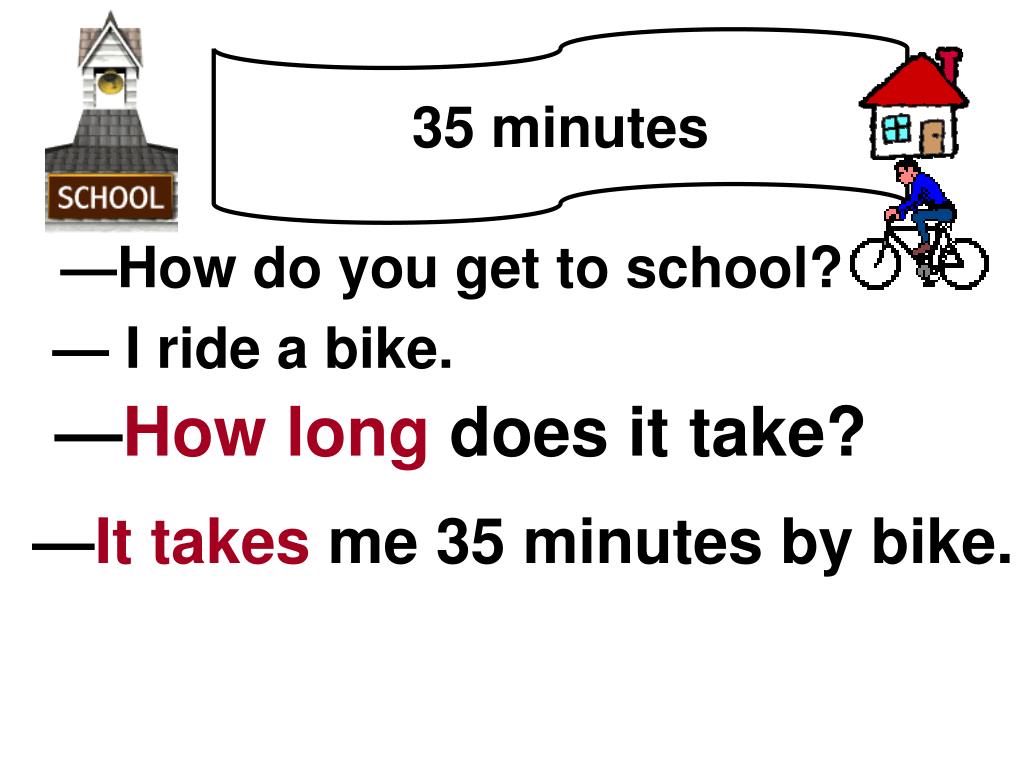 As such, there is no dizziness, but the person loses balance and falls. The cause of false pathology may be a sharp violation of cerebral blood flow, insufficient trophism of tissues and organs. A similar symptom, when dizzy when standing up, is more often experienced by people with overweight or underweight, patients with neurological diagnoses. Rapid movement does not allow the body to adapt to the changed load. As a rule, pseudovertigo is harmless and does not require treatment. It is important to exclude the state of orthostatic hypotension, when a person’s blood pressure drops sharply when standing up.
As such, there is no dizziness, but the person loses balance and falls. The cause of false pathology may be a sharp violation of cerebral blood flow, insufficient trophism of tissues and organs. A similar symptom, when dizzy when standing up, is more often experienced by people with overweight or underweight, patients with neurological diagnoses. Rapid movement does not allow the body to adapt to the changed load. As a rule, pseudovertigo is harmless and does not require treatment. It is important to exclude the state of orthostatic hypotension, when a person’s blood pressure drops sharply when standing up.
3. Peripheral vertigo. The cause of malaise is diseases of organs and systems that are not related to the brain. The head is spinning due to damage to the vestibular apparatus. Trauma, toxic poisoning, viral and bacterial infections can lead to inflammation or destruction of the labyrinth. By itself, peripheral dizziness is not dangerous, but it is necessary to treat the underlying disease. Inflammation of the inner ear can progress to meningitis, spread to the sinuses, to the throat. Even without development, the disease interferes with daily life.
Inflammation of the inner ear can progress to meningitis, spread to the sinuses, to the throat. Even without development, the disease interferes with daily life.
4. Central vertigo. Pathology is formed against the background of damage to the central nervous system. Possible causes: tumor, inflammation, tissue compression in the frontal, occipital or parietal lobes, disorders of the cerebellum, extrapyramidal system. Central vertigo begins abruptly. Especially often, the symptom occurs during a quick turn of the head, an unsuccessful tilt, or other incorrect and abrupt movements. If dizziness is accompanied by weakness, hallucinations, you should consult a doctor immediately. Early diagnosis of pathologies is the key to successful treatment.
5. Secondary disorder. Dizziness develops as a consequence of the underlying disease. For example, the cause of a secondary disorder may be a violation of the body’s sensitivity to insulin.
6. Sensual form. The appearance of a symptom provokes problems in the functioning of the sensory organs. The patient may have impaired vision, hearing. Disorientation is possible with a combination of light and noise stimuli, for example, when a person begins to feel dizzy when entering the dance floor. Dizziness in a sensual form is always provoked by some external factor. Removing the trigger relieves the symptom.
Symptoms
The condition usually occurs suddenly, for no apparent reason. A person begins to feel dizzy, due to disorientation, he is led to one side or the other. If the patient is sitting at this time, there may be a feeling of inclination in space or movement of surrounding objects. The manifestations are similar to those that occur after a long ride on a carousel. The patient is unsteady on his feet. In order not to fall, he needs support. Symptoms of dizziness usually subside quickly. Sometimes it is enough to sit or lie down and be at rest for a while.
Depending on the causes of dizziness, others may be added to the main symptom:
- cold hands or feet;
- feeling short of breath;
- feeling of fear, anxiety;
- excessive sweating in one area (for example, on the palms) or all over the body;
- confusion of thoughts, feeling of lightness in the head;
- nausea, vomiting;
- numbness of face, lips;
- tinnitus;
- accelerated heartbeat;
- increase or decrease in pressure;
- flashing “flies” before the eyes, darkening;
- involuntary twitching of eyeballs, etc.
Diagnostics
In total, about 80 diseases of various systems and organs can cause dizziness. For an accurate diagnosis, it is necessary to undergo a comprehensive examination by a general practitioner.
The patient is prescribed procedures according to his condition:
1. General analysis of urine and blood.
2. Biochemical analysis of blood.
3. Dopplerography of cerebral vessels.
4. Electroencephalography.
5. Hearing research. Results of acoustic impedancemetry, threshold audiometry may be needed.
6. Posturography. During the study, the doctor evaluates the mechanisms of interaction between the vestibular, visual and musculoskeletal systems that provide balance. Carry out rotational tests, caloric test.
7. Rheoencephalography. The study allows you to evaluate the trophic tissue of the brain.
8. MRI. From the images, the doctor receives information about the state of the blood supply system, the presence and location of the tumor, the location of the focus of inflammation, and other important data.
How to deal with dizziness
When dizzy, you need to calm down. Panic will make things worse. It is recommended to squat down or just on the floor, try to focus on one of the furnishings. Do not close your eyes! Dizziness will increase if the brain stops receiving visual information.
If for some time the symptom worsens, the palms begin to sweat, nausea sets in, there is a feeling of tightness in the chest, it is necessary to call a doctor. Before the arrival of the ambulance, it is better to lie horizontally, not to make sudden movements.
If you witness another person having a dizzy spell, help him sit up. You can unbutton your outerwear and open the window for fresh air. The patient is laid on a sofa or any other horizontal surface, the shoulders and neck are placed on a pillow. In an elevated position, the arteries will not kink and ensure the flow of blood to the brain. A cold towel applied to the forehead will help ease the attack.
Treatment of dizziness
The treatment is complex, selected individually for each patient. To prescribe adequate therapy, the doctor must have a clear answer to the question of why the patient is dizzy.
Medical therapy
If the cause of dizziness in a woman or a man is a circulatory disorder, vasodilators are prescribed. An additional intake of antihistamines or other drugs that improve the rheological properties of the blood is possible.
An additional intake of antihistamines or other drugs that improve the rheological properties of the blood is possible.
If the head is spinning due to a neurological disease, the doctor prescribes nootropics. Medicines improve nerve conduction.
Osteochondrosis causing dizziness requires complex treatment. Non-steroidal anti-inflammatory drugs, muscle relaxants are prescribed.
Dizziness in women that occurs during menopause or on certain days of the menstrual cycle, resolves after hormonal therapy. Treatment is carried out under the supervision of a gynecologist.
Compliance with the regime of work and rest
The patient is recommended to normalize sleep, if possible, reduce the time spent in front of the computer. It is important to observe the alternation of physical and mental stress.
Diet
From the diet it is necessary to exclude products that increase or decrease blood pressure, spasm blood vessels, and have an exciting effect on the nervous system. The patient is advised to give up salty, spicy foods, strong tea and coffee.
The patient is advised to give up salty, spicy foods, strong tea and coffee.
Gymnastics
Between attacks it is useful to do simple physical exercises. Gymnastics will improve blood circulation, relieve muscle spasms, and stabilize the psychological state. You can perform head and torso rotations. If you do exercises with open and closed eyes, the vestibular apparatus will be additionally strengthened.
Simple complexes for balance, swimming, any other feasible loads are welcome.
Prevention of dizziness
To reduce the frequency of seizures and prevent their occurrence, it is recommended to adhere to the principles of a healthy lifestyle:
- giving up bad habits: smoking and drinking alcohol;
- exclusion from the diet of salty, spicy, smoked, fatty foods;
- limited consumption of sweets and caffeine;
- daily morning exercises, physical activity;
- regular outdoor walks;
- fractional proper nutrition with plenty of vegetables, fruits rich in vitamins;
- sleep on orthopedic mattresses and pillows if there are problems with the spine.

If the main cause of dizziness is frequent stress at work, it is better to find another position. Lost health is very difficult to restore.
Sign up for diagnostics in Moscow
MedEx clinic’s experienced specialists will help you find the true cause of dizziness and cope with it. Make an appointment with a neurologist at a convenient time.
Benign paroxysmal positional vertigo (BPPV)
Benign paroxysmal positional vertigo (BPPV) – systemic vertigo (spinning sensation) manifested by short bouts of vertigo that occurs when changing head position, sometimes accompanied by nausea and, in rare cases, vomiting associated with otoliths entering the semicircular canals of the inner ear.
Dizziness can occur with various diseases. It can be systemic and non-systemic, last from a few seconds to a day or more, it can occur spontaneously or under the influence of certain conditions: for example, it can occur when the position of the body and / or head changes.:max_bytes(150000):strip_icc()/lexapro-withdrawal-symptoms-timeline-and-treatment-4707910_V1-d3764f9bfe3e478fb8ae83a900c3af38.png) Patients with dizziness come to doctors of various specialties, and from an adequate assessment of symptoms, a well-conducted examination, the availability of modern diagnostic equipment directly depends on the correctness of the diagnosis and the effectiveness of the prescribed treatment.
Patients with dizziness come to doctors of various specialties, and from an adequate assessment of symptoms, a well-conducted examination, the availability of modern diagnostic equipment directly depends on the correctness of the diagnosis and the effectiveness of the prescribed treatment.
Currently, the most common cause of dizziness associated with pathology of the inner ear is benign paroxysmal positional vertigo (BPPV), which, according to various authors, accounts for 17 to 35% of all peripheral vestibular disorders.
The manifestations of this disease are very characteristic. Patients describe sudden severe attacks of dizziness with horizontal or vertical movement of objects that occur with a certain position of the head or movements – turning over in bed, turning the head to the side, extension and flexion of the neck. Patients can often indicate which side they are experiencing dizziness and which side they are not. Attacks of dizziness last no more than 30 seconds, but many people exaggerate their duration, speaking of several minutes. Attacks of dizziness can be single, and can be repeated at different intervals: from several attacks per week to several attacks per day. Often, dizziness is accompanied by nausea and a feeling of unsteadiness.
Attacks of dizziness can be single, and can be repeated at different intervals: from several attacks per week to several attacks per day. Often, dizziness is accompanied by nausea and a feeling of unsteadiness.
Symptoms of do not appear if the patient avoids provocative movements. Not observed in BPPV hearing loss, tinnitus, headache and other symptoms. The course of the disease is favorable, however, if an attack of dizziness occurs when you are at high altitude, depth or when driving, it can be dangerous.
To understand the origin of this disease, it is necessary to consider the structure of the peripheral part of the vestibular apparatus located in the inner ear. It consists of a vestibule, in which there are “sacs” – spherical and elliptical, as well as three semicircular canals located in different planes. The vestibule sacs are responsible for a person’s feeling of the position of the body in space and linear accelerations, the semicircular canals – for angular accelerations. The sacs contain microscopic “pebbles” – otoliths, which, in response to a change in body position, move and, irritating the nerve endings of the vestibular apparatus, give appropriate signals to central nervous system .
The sacs contain microscopic “pebbles” – otoliths, which, in response to a change in body position, move and, irritating the nerve endings of the vestibular apparatus, give appropriate signals to central nervous system .
The essence of the occurrence of BPPV is that under the influence of various factors, otoliths, moving in the fluid of the inner ear (endolymph), fall into an uncharacteristic place for them – the semicircular canals. Moving in the semicircular canals with a change in body position, they irritate the nerve endings located in them. However, the nerve cells of the semicircular canals are adapted to respond to fluid flow during angular accelerations, and not to otolith stimulation. That is, this irritation is inadequate for nerve cells, which causes a pathological reaction in the form of an attack of dizziness and other unpleasant symptoms.
In 50-70% of cases the cause of BPPV cannot be determined. However, the occurrence of the disease may be associated with traumatic brain injury (7-17%), viral labyrinthitis (15%), Meniere’s disease (5%), ototoxic effects of antibiotics (gentamicin), surgery on the inner ear, migraines, etc.
Directly for the diagnosis of BPPV special samples are used, the most common is the Dix-Hallpike test. With the help of a certain sequence of changing the position of the head and body of the patient, the movement of otoliths in the semicircular canals is caused. If the otoliths are located in an uncharacteristic place for them – the semicircular canals – this causes the patient to have an attack of dizziness. Also, as with any other experimental stimulation of the vestibular apparatus, a typical oculomotor reaction appears – nystagmus (involuntary rhythmic movements of the eyeballs). It is this reaction that is fixed by the doctor visually or with the help of appropriate equipment, respectively, conclusions are drawn about the direct presence of BPPV, as well as the side of the lesion.
At first glance, the diagnosis of BPPV does not cause any particular difficulties. However, if we consider the issue more seriously, a lot of factors must be taken into account in order to make a correct diagnosis: a large number of peripheral (associated with the inner ear) vestibular disorders have manifestations very similar to BPPV ( dizziness, imbalance, nausea, etc. ), that is, they must be differentiated, since the treatment of these diseases is completely different.
), that is, they must be differentiated, since the treatment of these diseases is completely different.
Conclusion – even for a single Dix-Hallpike test, at least a minimum of equipment (Frenzel glasses), sufficient experience in conducting this test and a competent assessment of emerging reactions (nystagmus) are required.
To make a final diagnosis and exclude other diseases that manifest similar symptoms, and, accordingly, effective treatment, a complete examination of the directly interconnected auditory and vestibular functions is necessary. In modern conditions, a whole range of diagnostic equipment is used for this, and examination takes about two hours . Only this option gives confidence in the correctness of the diagnosis and the prescribed treatment. Such a diagnosis should be handled by an audiologist-otoneurologist.
If the diagnosis is confirmed, treatment of BPPV in most cases is quite simple – appropriate treatment maneuvers are carried out to return the otoliths to their correct location.

